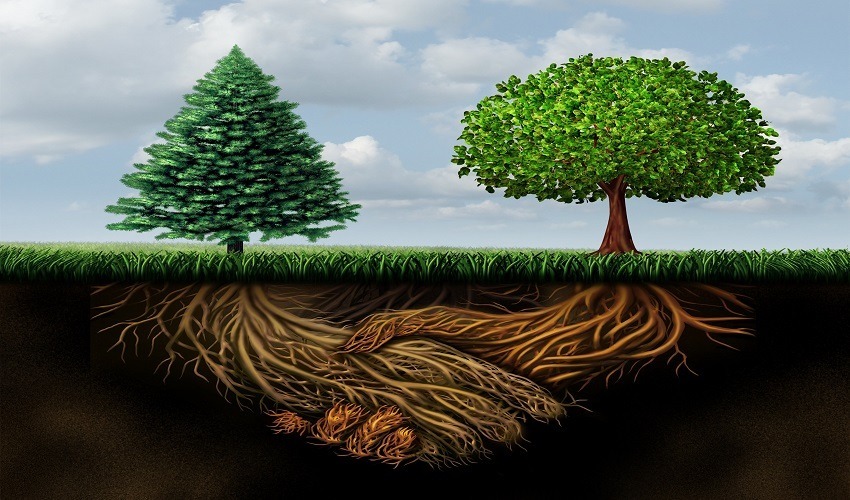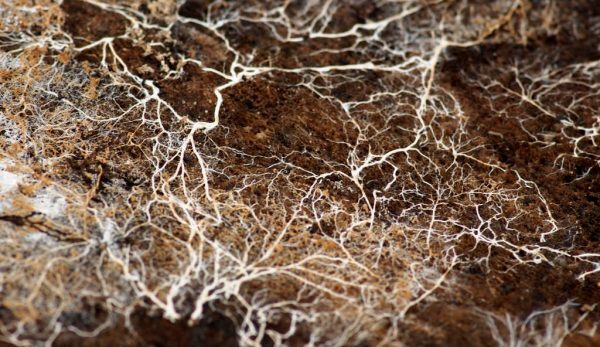Welcome to the Wood Wide Web
Beneath every forest lies a web of millions of organisms passing information.
Professor Thomas Crowther and his team of scientists from the Crowther Lab at ETH Zurich, Switzerland, and Stanford University used machine learning to map out this complex network of fungi and bacteria that links trees together. This connection was first discovered by Suzanne Simard from the Mother Tree Project in her 1997 Ph.D. thesis. Trees release carbohydrates into the ground as they go through photosynthesis, providing the structure below energy. In return, the underground microorganisms connect each plant so that supplements are evenly distributed throughout the area. This discovery coined the ‘wood wide web’, provides key data about all life on our planet.
Covering 28,000 tree species living in more than 70 countries, this database led to the conclusion that specific types of microorganisms only live in specific regions of the world. This information will help researchers and conservationists figure out how to restore particular bioregions around the world. The effects of climate change can also be studied at a microscopic level. However, the race is on, as this type of fungi is the most vulnerable to global temperature rise.

Image credit: Creative Commons
Mostly found in cold, dry climates, ectomycorrhizal fungi (EM) surround the tree's roots without penetrating them. This allows for the microbes to soak in what they need without disturbing the free flowing information between the trees. The amount of carbon storage and the slower method of release in this relationship is also more effective at fighting climate change than their counterpart called arbuscular fungi (AM). Infiltrating roots of trees, AM fungi is found in hotter, wetter climates and produces a faster carbon cycle. As the earth warms, forests in higher-latitudes are beginning to switch from EM to AM, losing their vital communication network.

Image credit: Courtesy of Kirill Ignatyev
Biologist, Dr. Merlin Sheldrake, is optimistic though, “This dataset will help researchers scale up from the very small to the very large.” With 60% of the 3 trillion trees on earth connected by EM, more information is pouring in than ever before. Even locations not included in the study can be calculated as algorithms applied to the database were able to fill in the global map. Not only is what’s happening to our ecosystems available now in real-time, but scientists will be able to make more accurate predictions about what is to come. This social network of forests and their fungi is providing key information to reversing their destruction and that of our planet.



